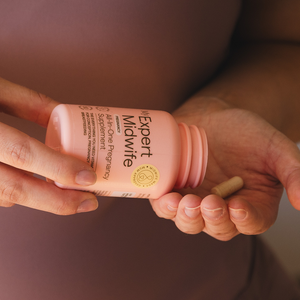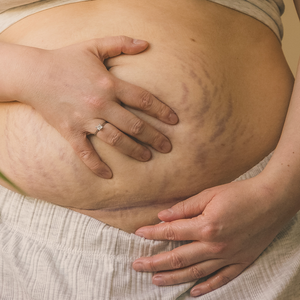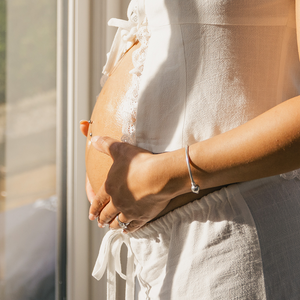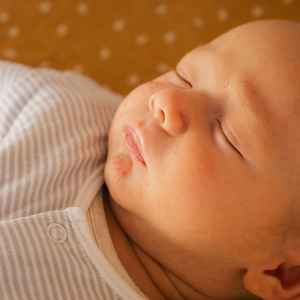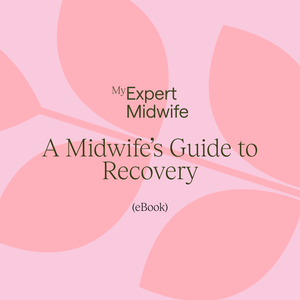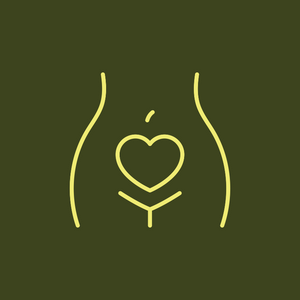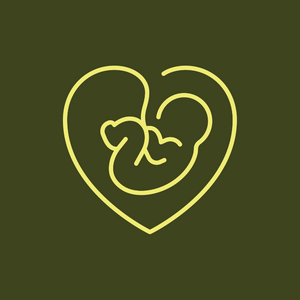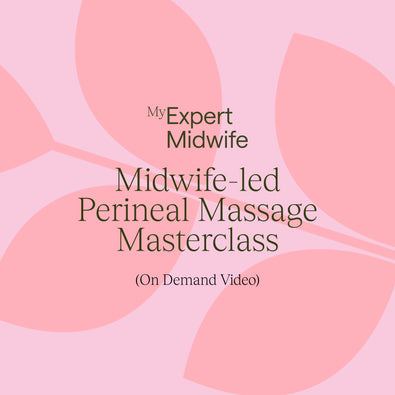Many people feel squeamish when placentas are discussed, but they are truly amazing as your body has grown an entirely new organ to sustain your baby. In fact, in other cultures, such as Maori in New Zealand, the placenta is treated with so much respect that it is returned to the land in a burial ceremony.
Even if you are turned off by the thought of keeping your placenta, once you have given birth, do try to have a look at this amazing organ that has kept your baby alive for all those months inside you. Your midwife can show you the structures and how it worked for you and your baby.
Different things to do with your placenta
Until relatively recently, not many women in the UK considered what to do with their placentas after their births. Now there are many ways in which you might consider utilising this special organ rather than tossing it into the clinical waste bin to be incinerated.
A lotus birth
It may come as a surprise, but not everyone cuts the cord after their baby is born and in fact not even after their placenta is born. A lotus birth is when the cord is never cut but allowed to separate naturally from the baby over time. The cord naturally clamps shut after it has stopped pulsating and then slowly dries to a twig like consistency. Separation usually occurs from around 3 days after the birth. This obviously creates the dilemma that there is a large organ attached by the cord to the baby that will be decomposing.
To help prevent infections and offensive odours the placenta is washed twice a day with water, then a blend of herbs and Epsom salts are massaged into it. It is then placed into a waterproof bag and then into a cloth bag.
Whilst most people may think this idea is a little crazy and wonder why you would go to such lengths, those who have had a lotus birth, report that their babies have an easier and calmer transition from intra uterine life to the outside world. Having a lotus birth certainly has the potential to prevent the baby from being moved and passed around a lot during the early days after birth. This could encourage mother and baby bonding and help to establish breastfeeding, by limiting mother and baby separation time.
Encapsulating
This is the process of drying out the whole of the placenta, either in an oven or a dehydrator. The remains are then ground into a powder, which is made into capsules and taken when needed by the woman in this tablet form.
The theory behind this practice is that the placenta is full of hormones and nutrients that have rejuvenating properties, which help to restore strength and energy after pregnancy and birth, as well as potentially warding off postnatal depression. You can encapsulate your placenta yourself if you have an oven or dehydrator, a grinder and the capsules can be bought off the internet. However, for a reasonable fee, there are professionals in most parts of the UK who will come and collect your placenta, do this work and return it to you in tablet form.
Smoothies
The same thinking applies to this as above regarding its beneficial qualities to help mum to recover after the birth. Although the concept of eating your placenta may seem extreme or weird, humans are actually the odd ones out. Alongside camels, we are one of the very few mammals who do not consume their placentas.
If you decide to use your placenta in a smoothie, you can freeze it in portions and a small (spoon-sized) amount can be added to a normal fruit smoothie whenever you feel as though you need a boost in the postnatal period. Apparently it doesn’t alter the taste of the fruit!
Plant a tree
In Asian countries, such as Indonesia, it is quite normal to bury the placenta and plant a tree on top of it, as the placenta is considered sacred and this is a ritualistic part of the birth process. It is also considered to connect the human who it nourished to their place of birth.
It is easy to see why a plant or tree would benefit from this rich, nutrient-infused fertiliser, but if you plan to do this, make sure you dig sufficiently deep enough so as not to attract local wildlife.
Placenta prints
A placenta print can make a pretty picture to frame. The print resembles a tree with branches when done and it’s certainly a unique and usual piece to hang on your wall. Once washed you can paint the side of the placenta you wish to print in your chosen colours, then press it onto a good quality piece of art paper.
Drying the cord
It is possible to shape a heart or a flower (or any shape you fancy) when the cord is pliable. You can then allow it to dry and have it as a keepsake. There are also companies who can make part of your cord or placenta into jewellery.
Freezing
If you are unsure what to do with your placenta you can freeze it until you make up your mind. People have been known to keep their placentas for months or years before deciding.
Summary
Your placenta is amazing and has nourished your baby throughout your pregnancy. Reading about some of the different ways to utilise or get creative with your placenta may well give you some ideas for using your own placenta.
